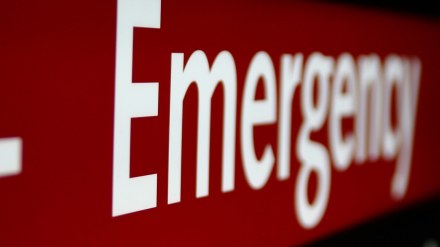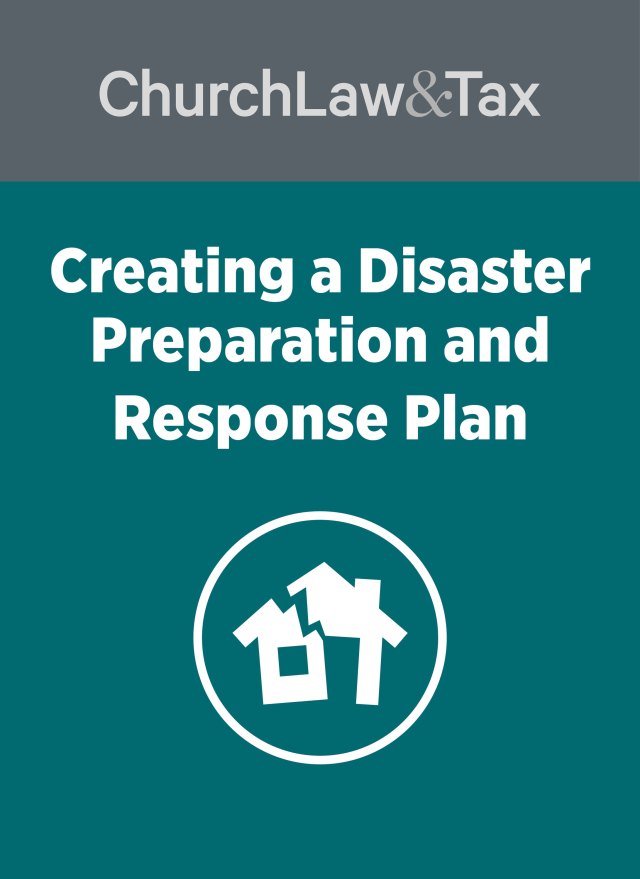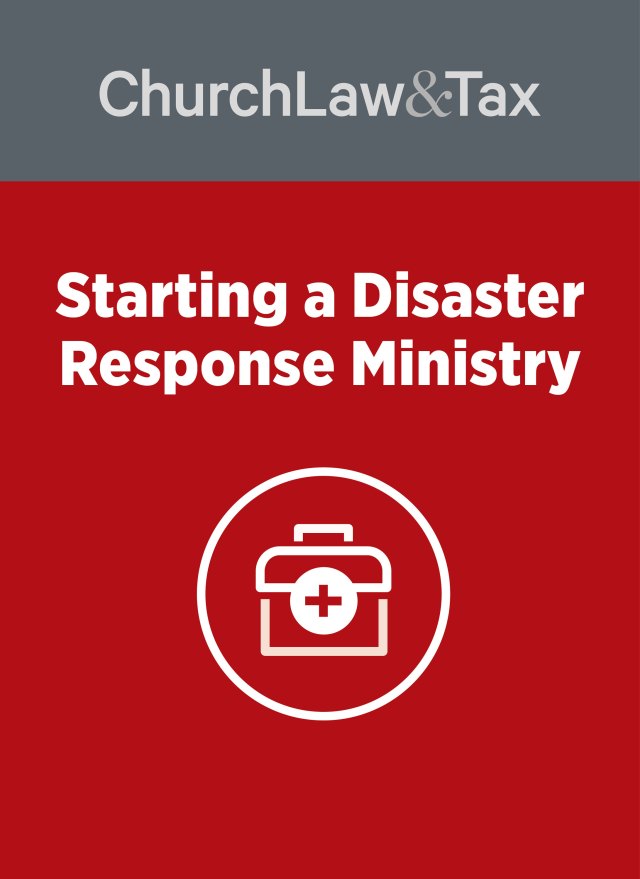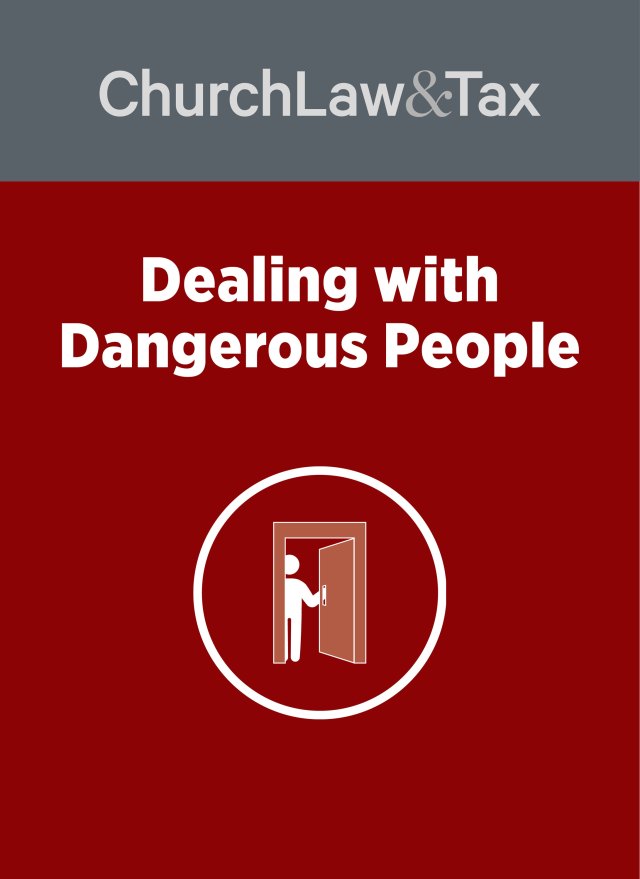Over the course of his eight-year tenure as head administrator of the Federal Emergency Management Agency (FEMA), W. Craig Fugate led FEMA’s responses to numerous major disasters: the Joplin and Moore tornadoes, Hurricane Sandy, Hurricane Matthew, and the 2016 Louisiana flooding. I spoke with him about how church leaders can come alongside government agencies and serve their community together amidst disasters, from mass shootings to wildfires to hurricanes.
You helped usher in the “whole community” approach to emergency management. What does that entail?
It’s a recognition that the bigger the disaster, the more likely the first assistance is really coming from your neighbors. What I have found is that the more widespread the impact of a disaster, the more that the government by itself is going to fail. You really have to take a step back and look at the community on a day-to-day basis—who’s providing the services and really meeting the needs of people before a disaster—and then after disaster strikes, recognize that the government’s not going to be able to step into those roles. In fact, it’s actually counterproductive [to think that]. It’ll be government, plus volunteer organizations in the faith-based community, plus the business community, plus the people who will naturally be helping their neighbors and looking for a way to support their community. If that’s how a community works day to day, why do we expect it to change when there’s a disaster? We need to really focus on how to build those relationships ahead of time.
I’ll tell you the most important thing we need to do: Recognize that the public’s part of the team. And we’ve seen this in the churches. Church members don’t have to be told to go help somebody in the congregation. We’re not individuals; we’re part of a bigger family. Even if we’re not physically related, we still come to each other’s assistance when we’re needed.
What’s one thing you wish every church leader of a local congregation knew?
You never know when a disaster is going to strike, but you don’t have to be somebody you’re not. What I mean by this is that sometimes we set the bar so high that church leaders think they have to have specialized training or that it’s just not practical for them to engage.
I like to go back to an early event where I saw the role of churches as a first responder. We had an ice storm hit much of north Florida back in the early ‘90s, and it caused the interstate system to ice over. Thousands of motorists were being stranded. The government resources in Florida couldn’t drive on ice; they couldn’t get to these people. But all up and down the interstates, churches started recognizing what was happening, and farmers got their tractors, hooked up wagons, threw on some hay, went out on the interstate, and started picking up stranded motorists. They took them to the closest church and opened up the fellowship hall, making hot coffee and soup. That didn’t require any training.
Think of the things churches do every day—sponsor daycare services, provide counseling services, work with food banks, or get out with the elderly and support Meals on Wheels. There are so many different things churches excel at in their communities, and those are pretty much the same things people are going to need in a disaster.
Sometimes I hear from pastors who want to get involved in the disaster response activities on the community level and are turned away. What advice would you have for someone in that case?
That goes back to building relationships before disaster so you’re known by the local officials, so you’re known by the folks who run the shelters. Go become a Red Cross-trained volunteer so you go in there as a counselor, and you can reach out to your flock and anybody else who needs that attention. We tend to put on our uniforms and identify ourselves by our faith. But survivors are just looking for a helpful word, a hot meal, a roof over their head, and somebody to talk to.
What would a holistic approach to preparedness look like for a church that is concerned about mass shootings?
Having the pastors and the ushers and the other lay people trained in what to do if there is an active shooter may be our first best step. Just like when the fire alarm goes off, know what the evacuation routes are. Teach the people who are watching the kids and the daycare center during the services how to lock and secure their locations.
We’re not going to be able to lock churches down, but we should know what to do if an active shooter situation occurs. And the steps are: If you can run, run. If you can’t, hide. And if you can’t hide, you’ve got to fight back any way you can. Most of these events are carried out in very short periods of time. The shootings are usually over before any outside help gets there, and it’s the initial response that can mean the difference.
The Department of Homeland Security and FEMA have put together some active shooter courses online—take a look at those, get back to FEMA and with any tweaks or additional items that would be appropriate for houses of worship, and then get that out to the community.
In coordination with interagency partners, the DHS Center for Faith-based and Neighborhood Partnerships and Federal Emergency Management Agency (FEMA) established a website for faith-based organizations that serves as a “one-stop shop” for information on available Federal tools, resources, and assistance.
To contact the active shooter preparedness team or to get more information on Active Shooter Preparedness workshops, please send an email to ASworkshop@hq.dhs.gov.
Dr. Jamie D. Aten is a disaster psychologist and the founder and executive director of the Humanitarian Disaster Institute at Wheaton College in Illinois. His latest books include the Disaster Ministry Handbook and Spiritually Oriented Psychotherapy for Trauma. You can follow Jamie on Twitter at @drjamieaten or visit his website jamieaten.com.



